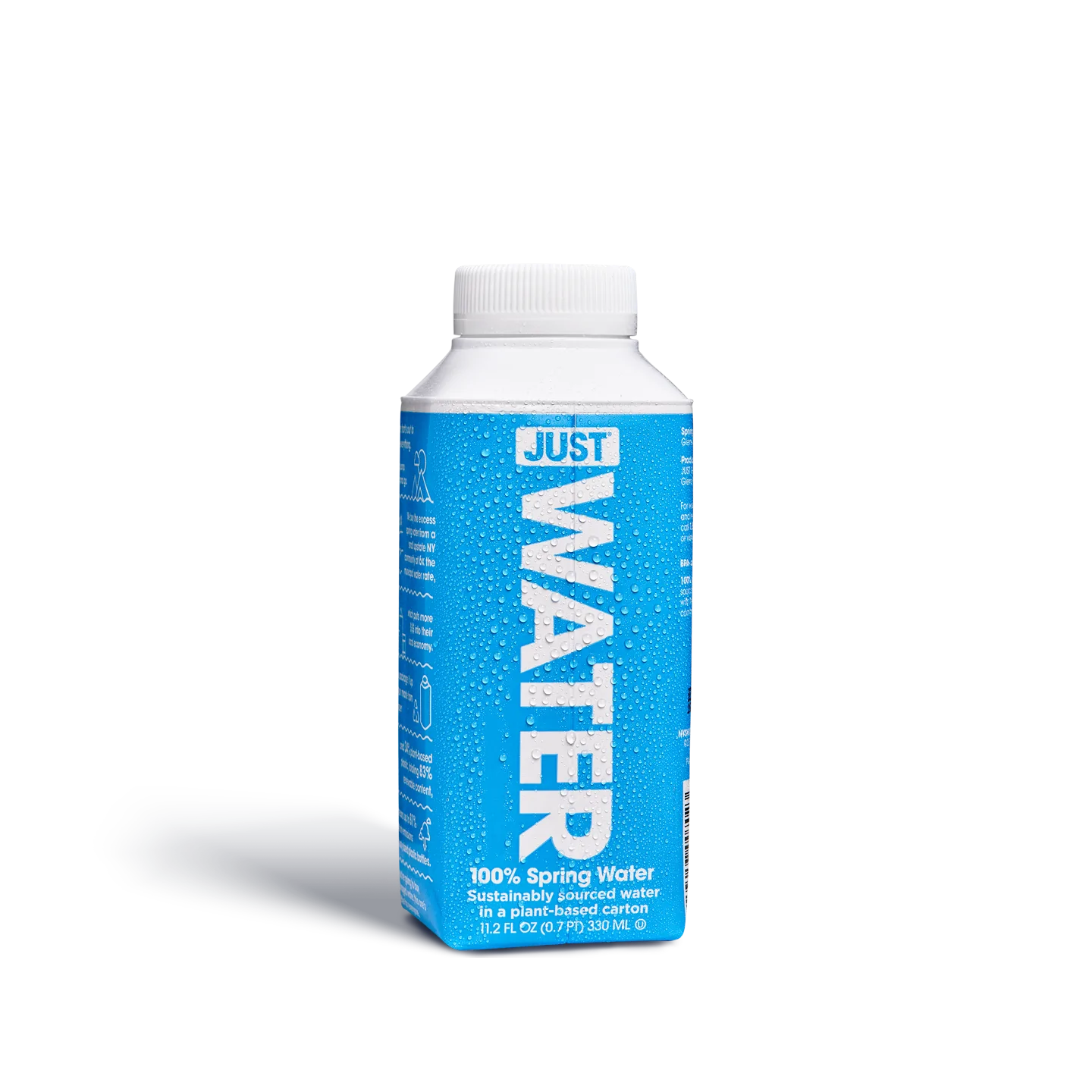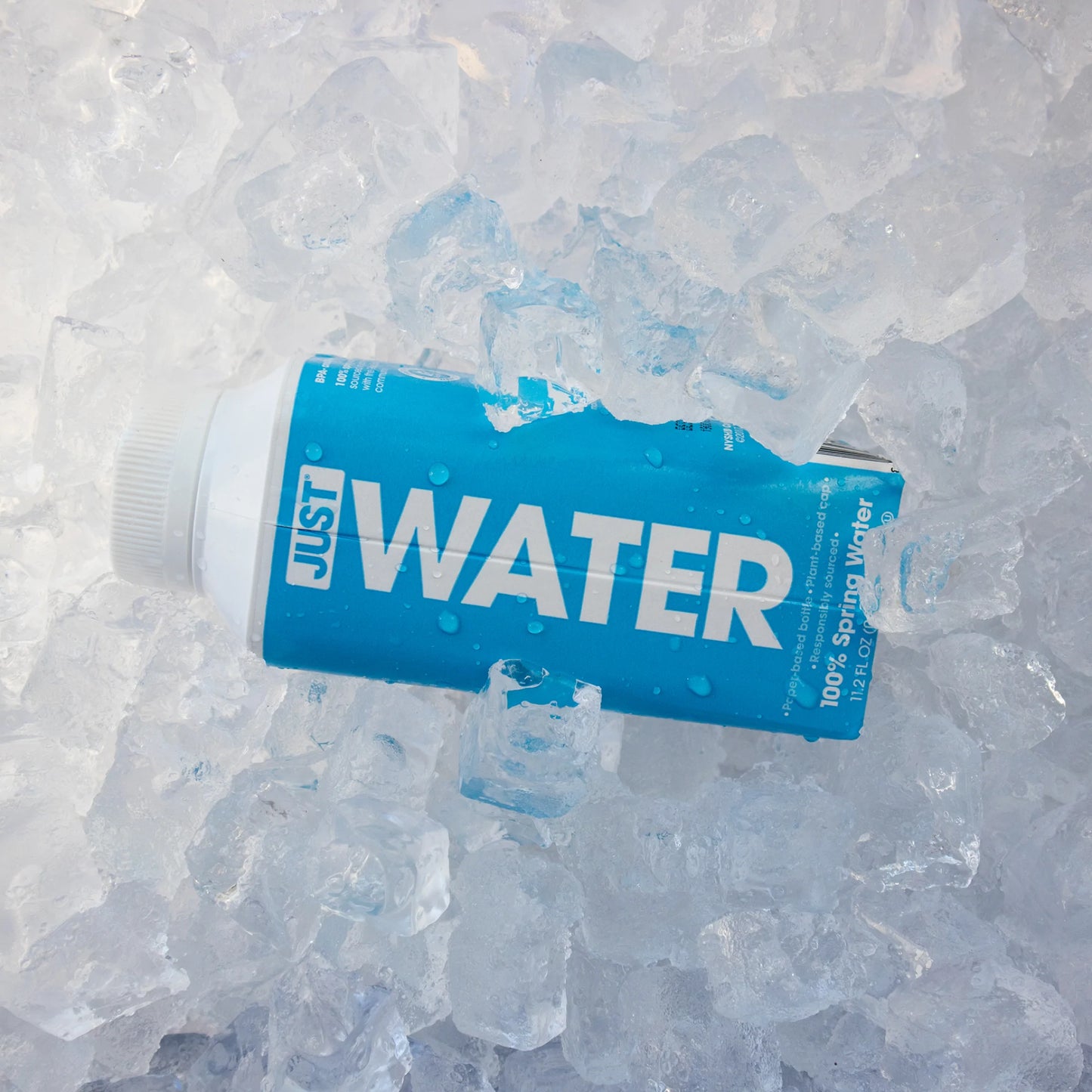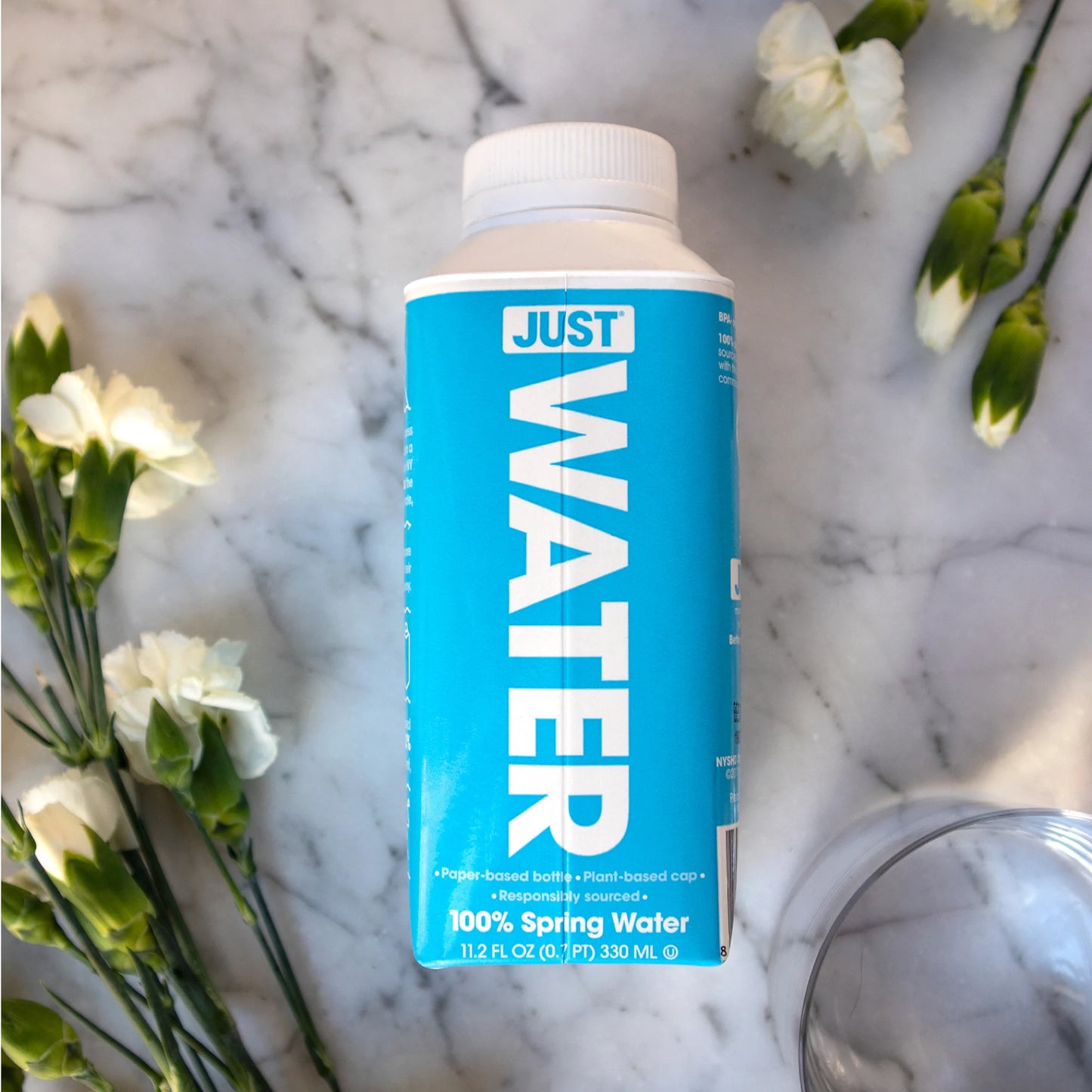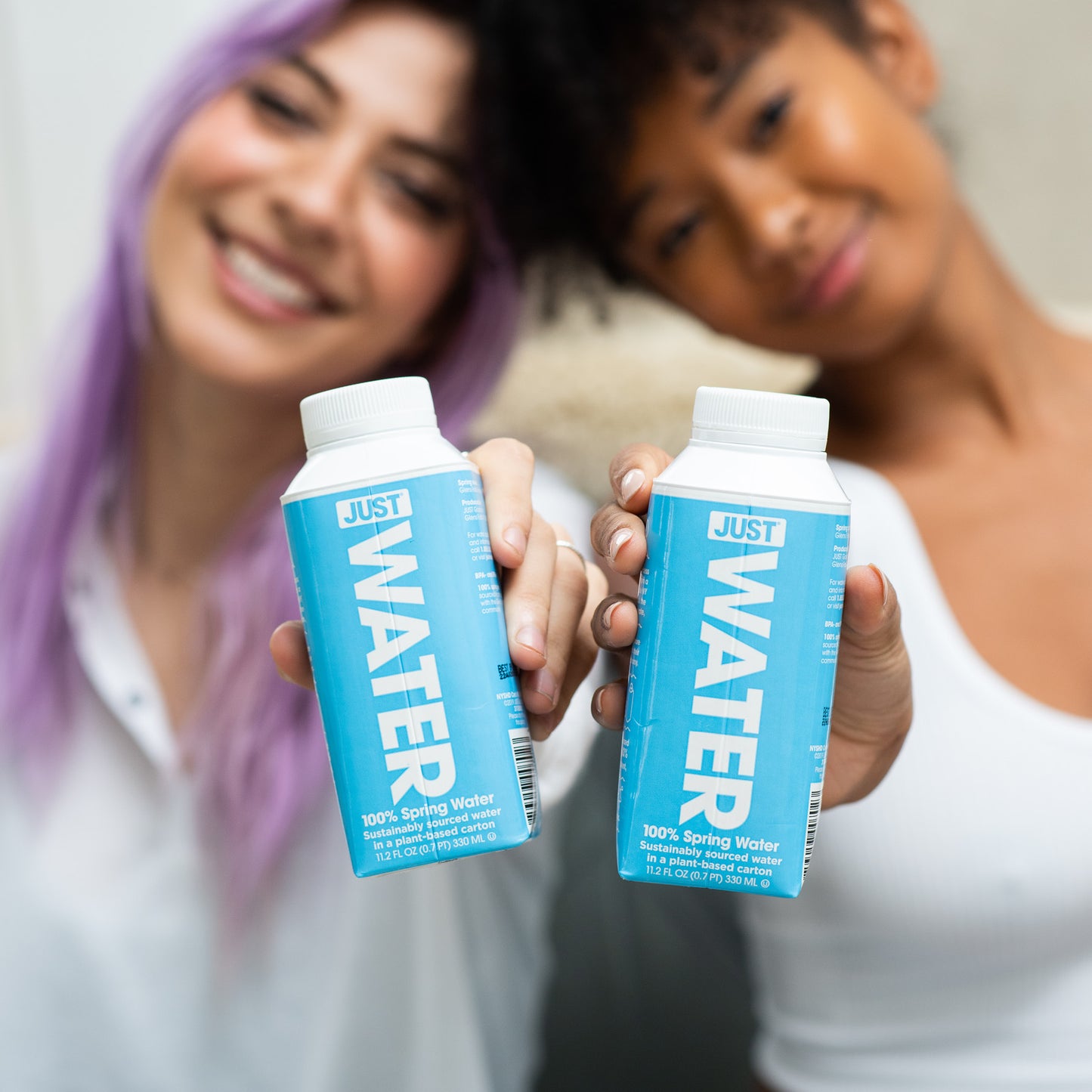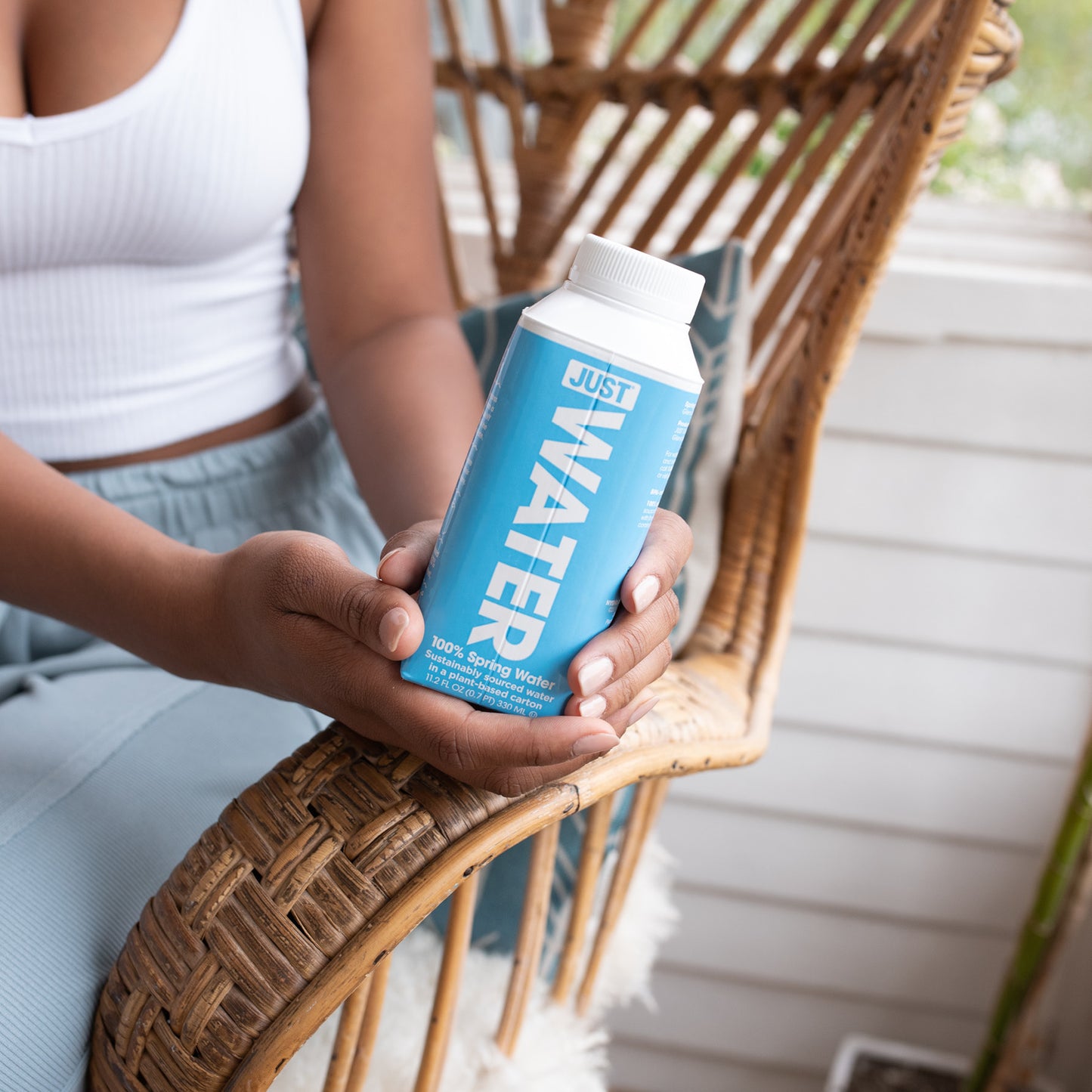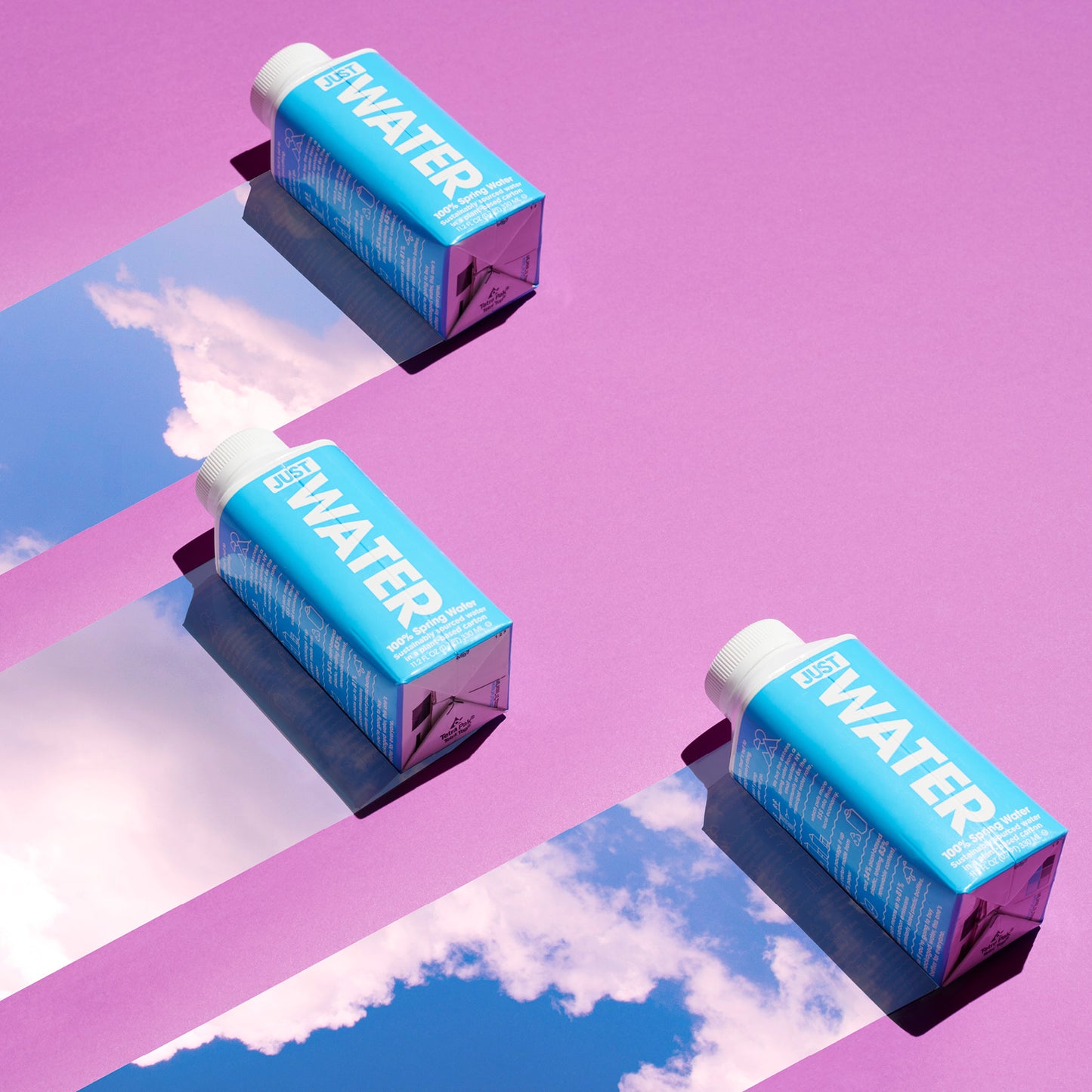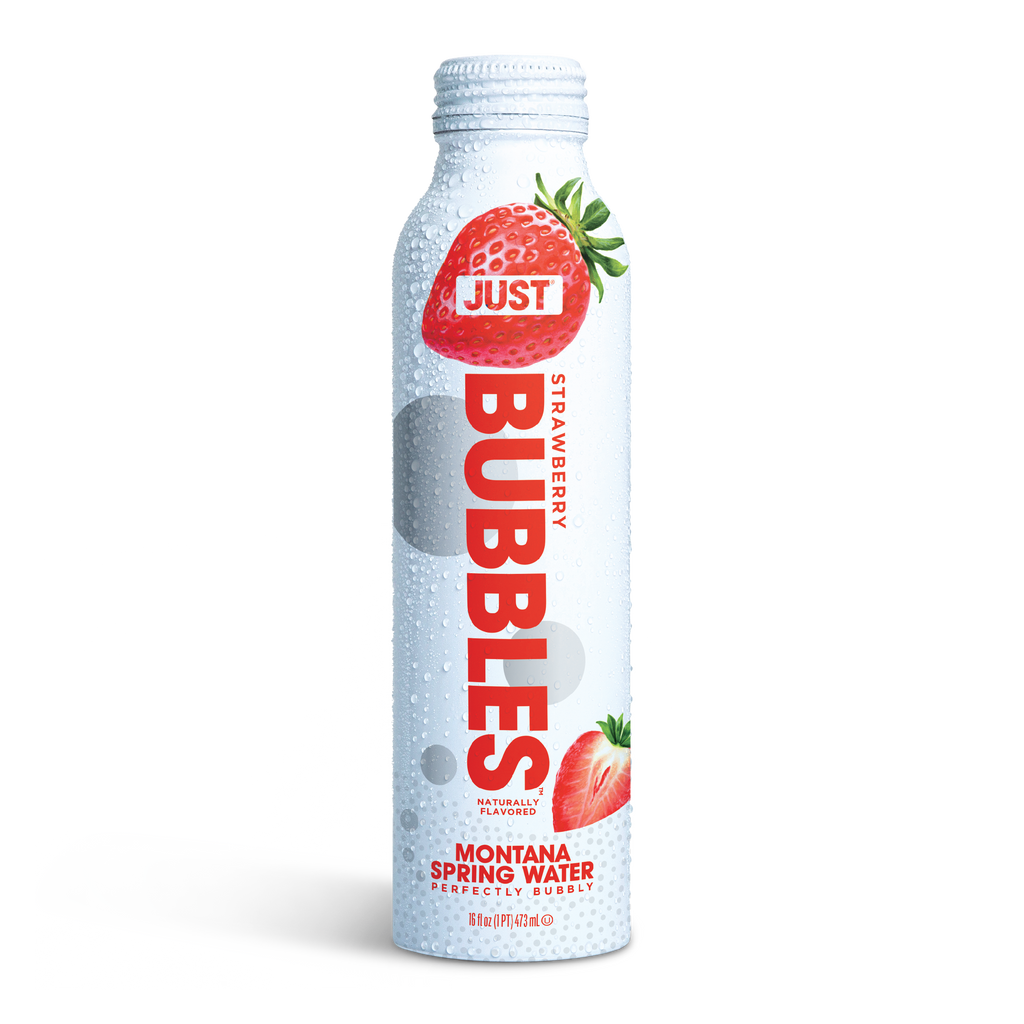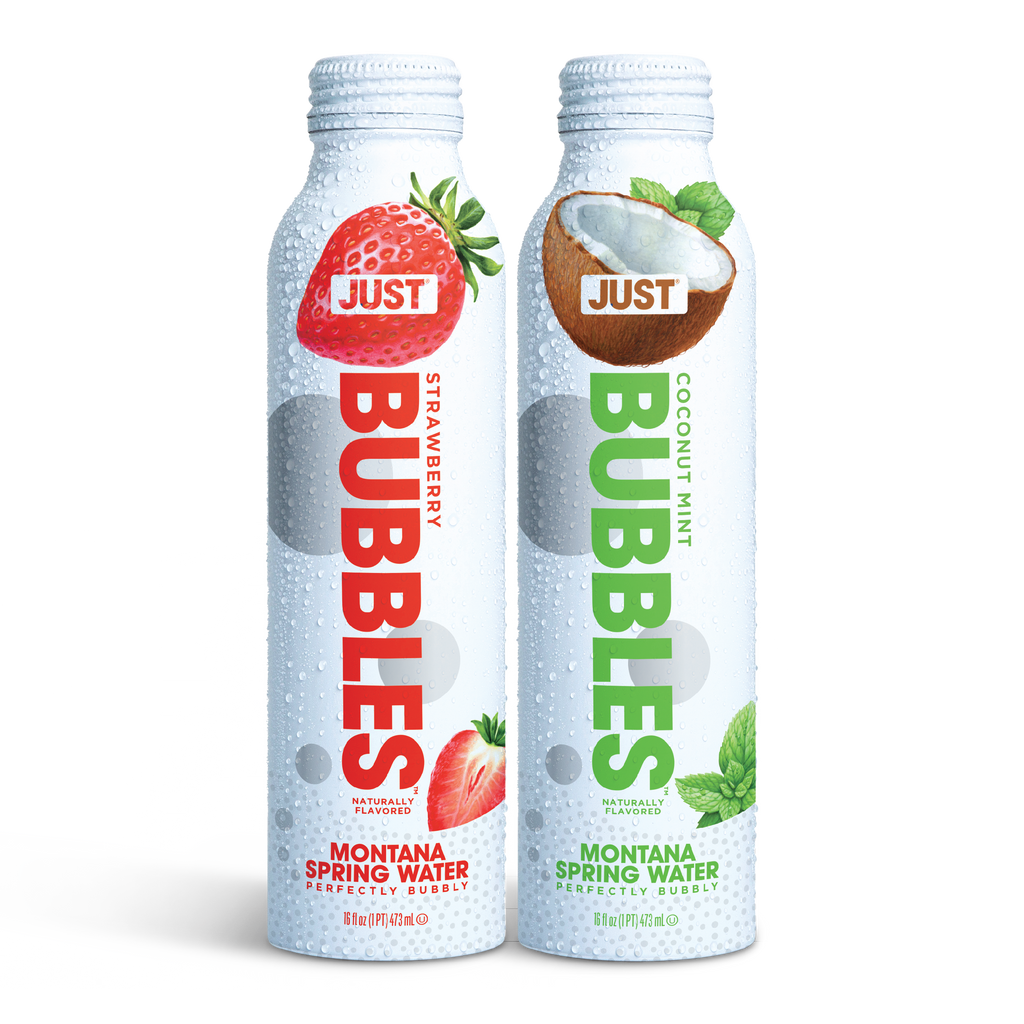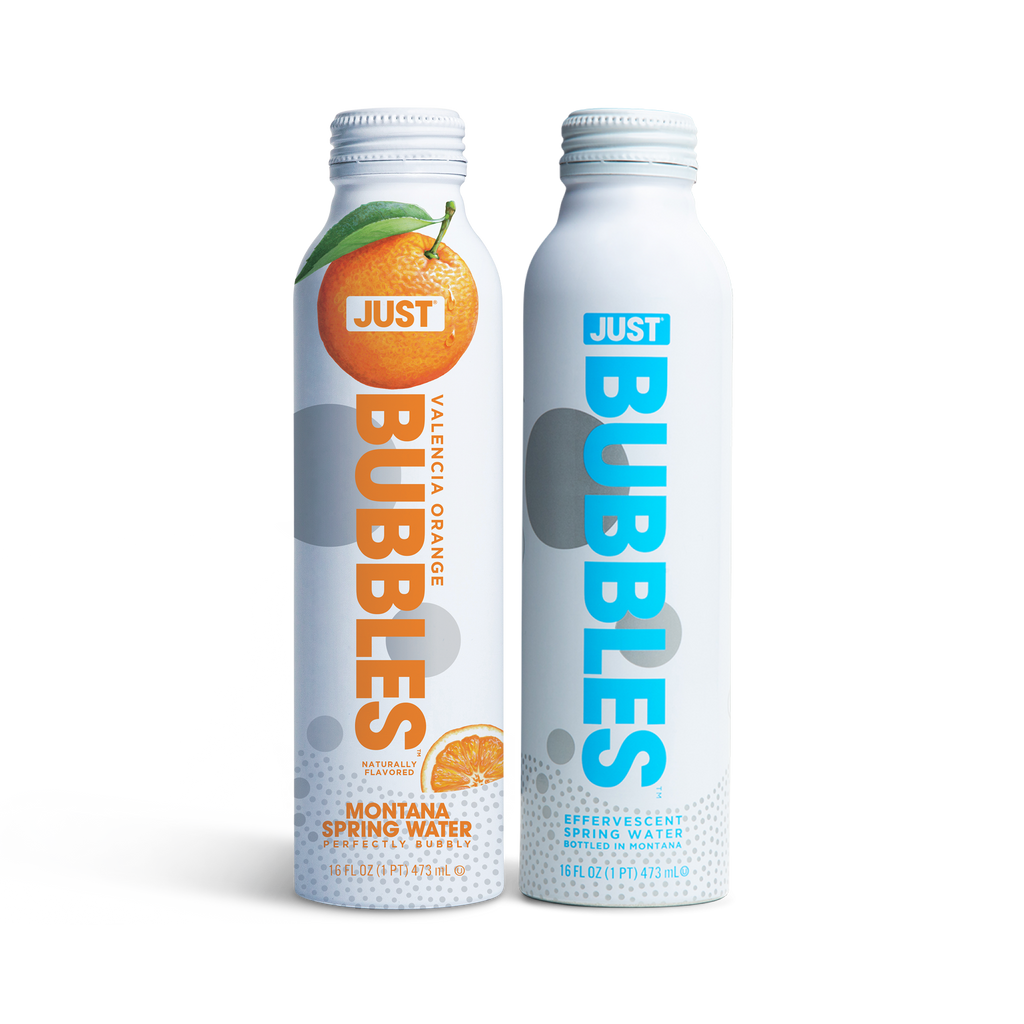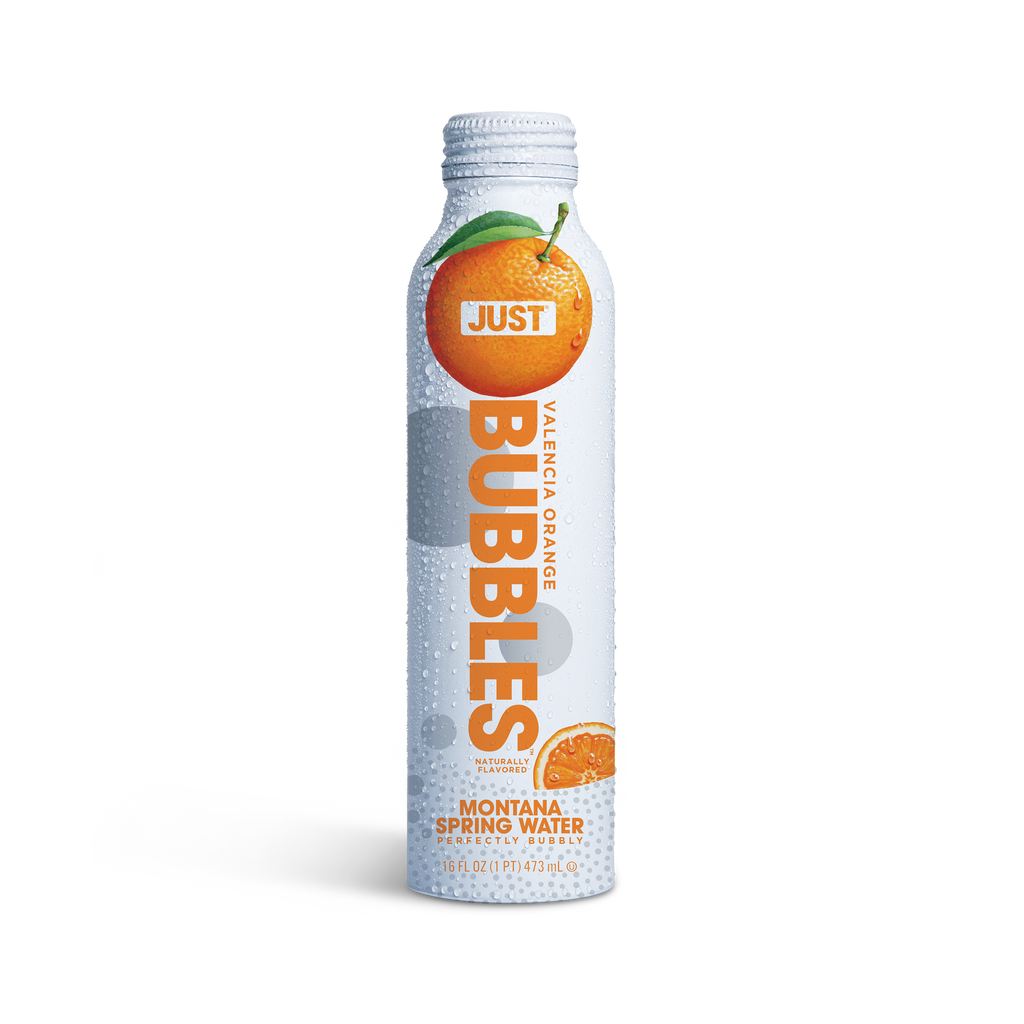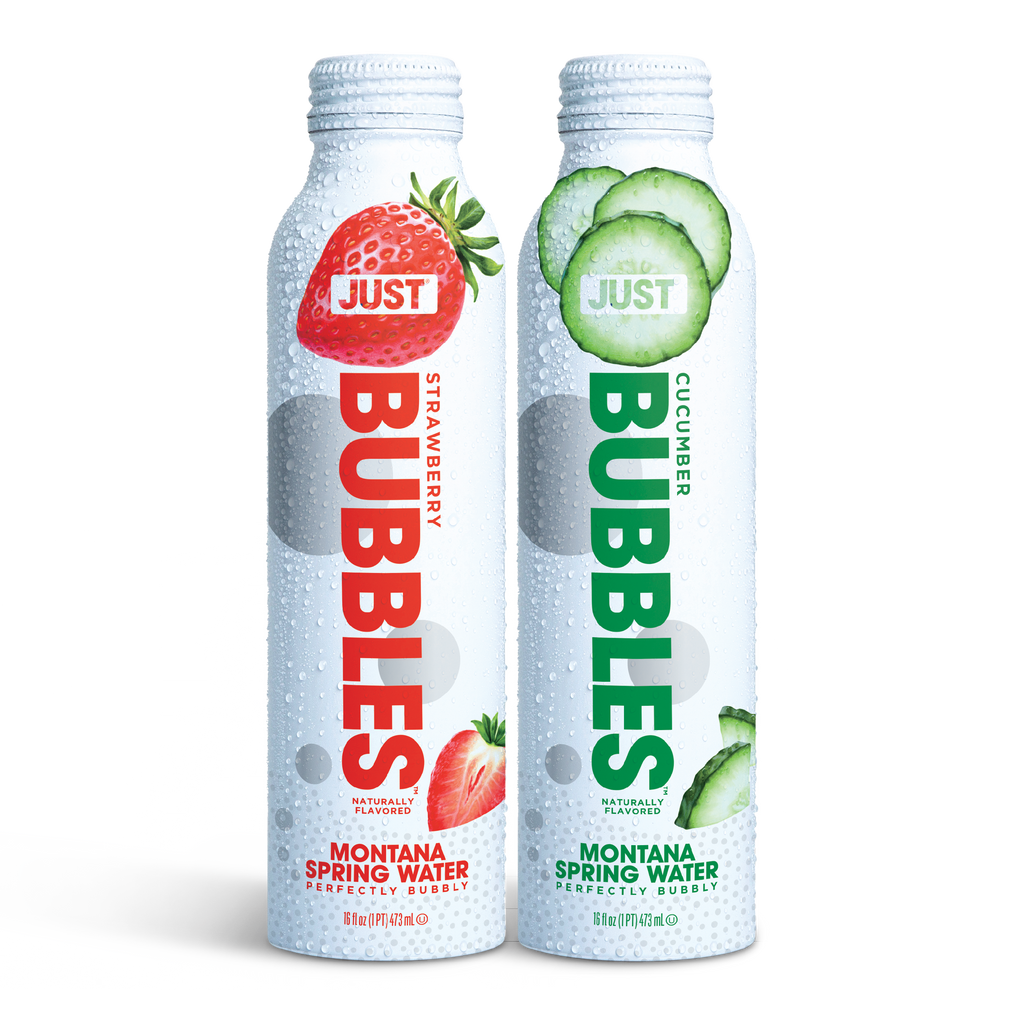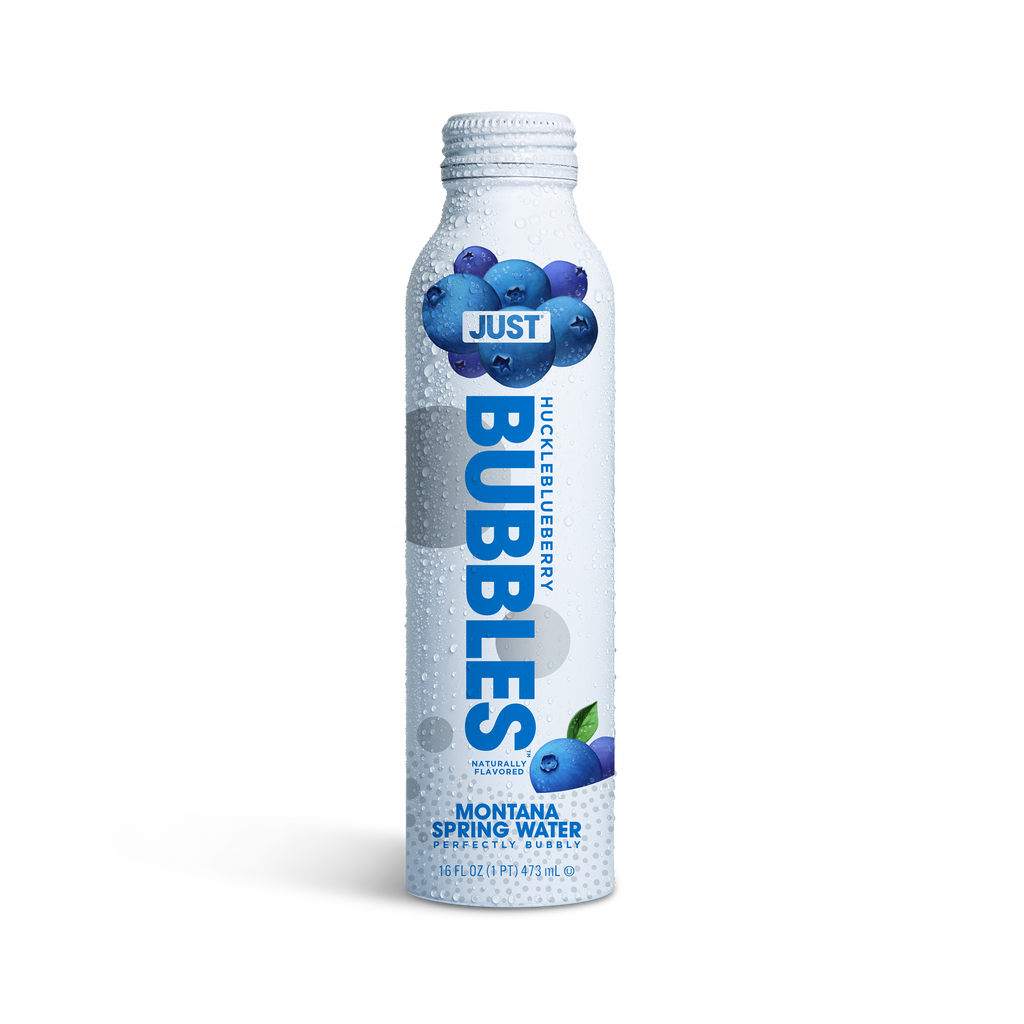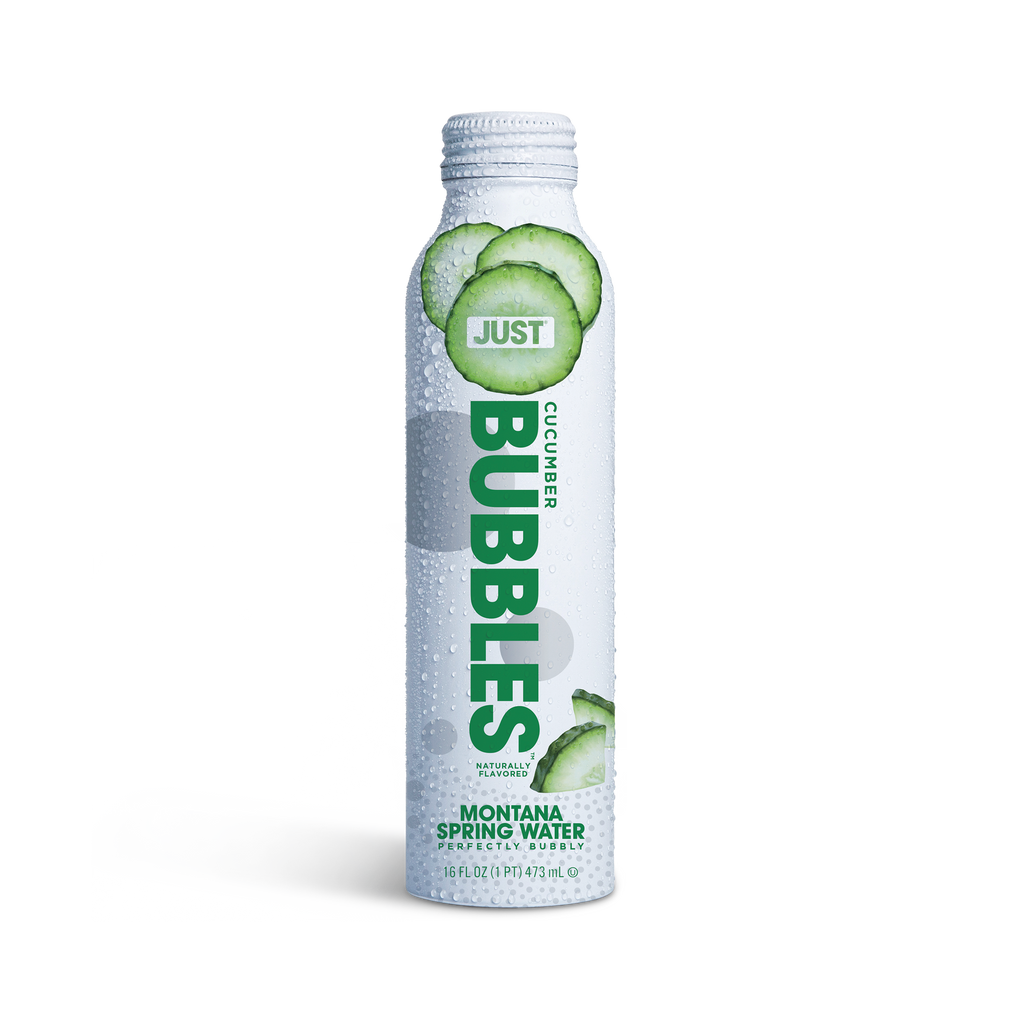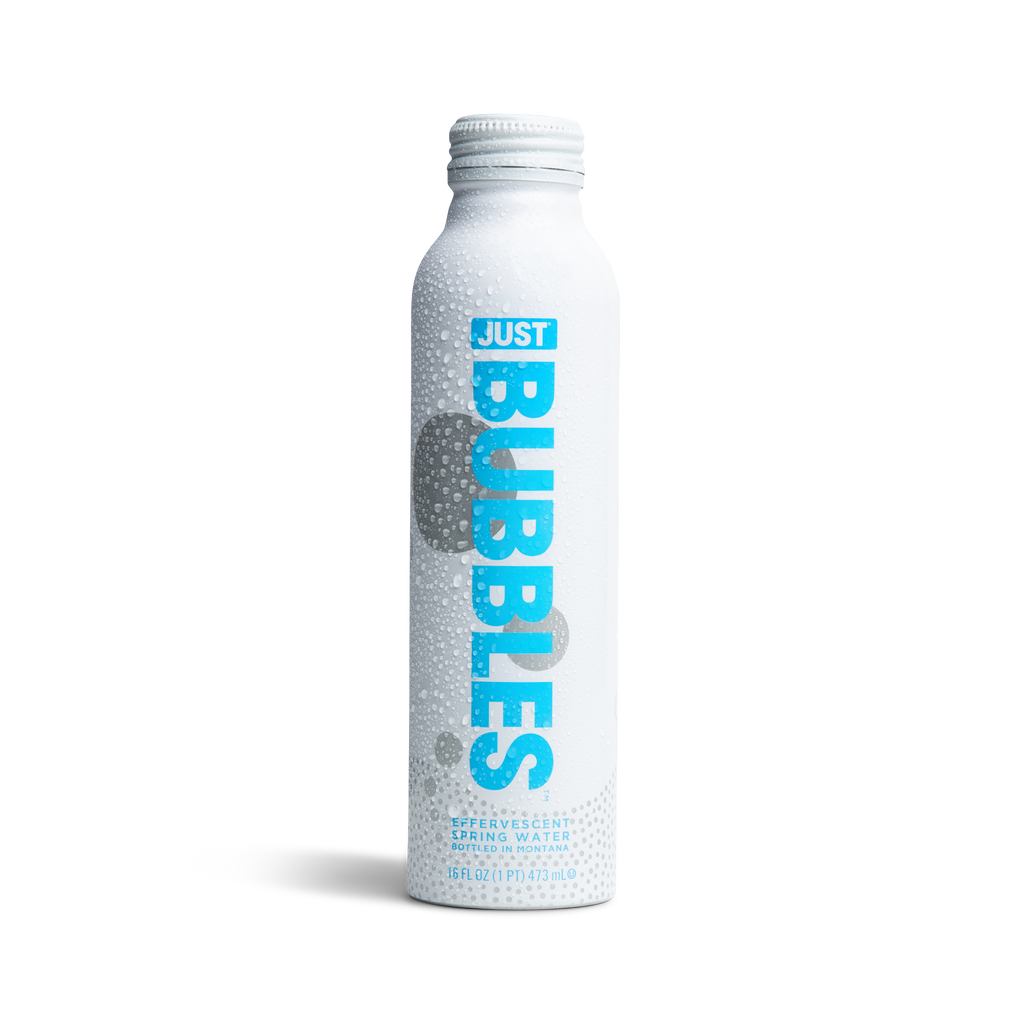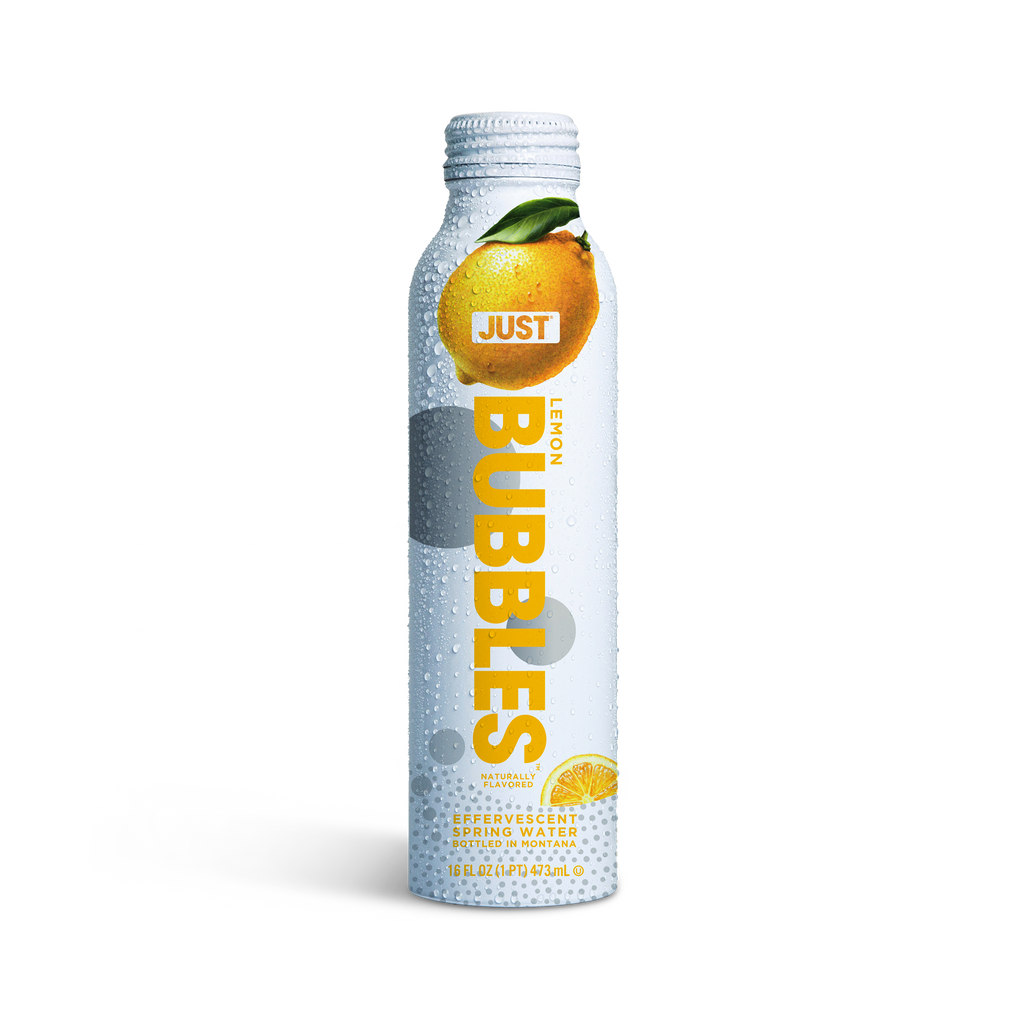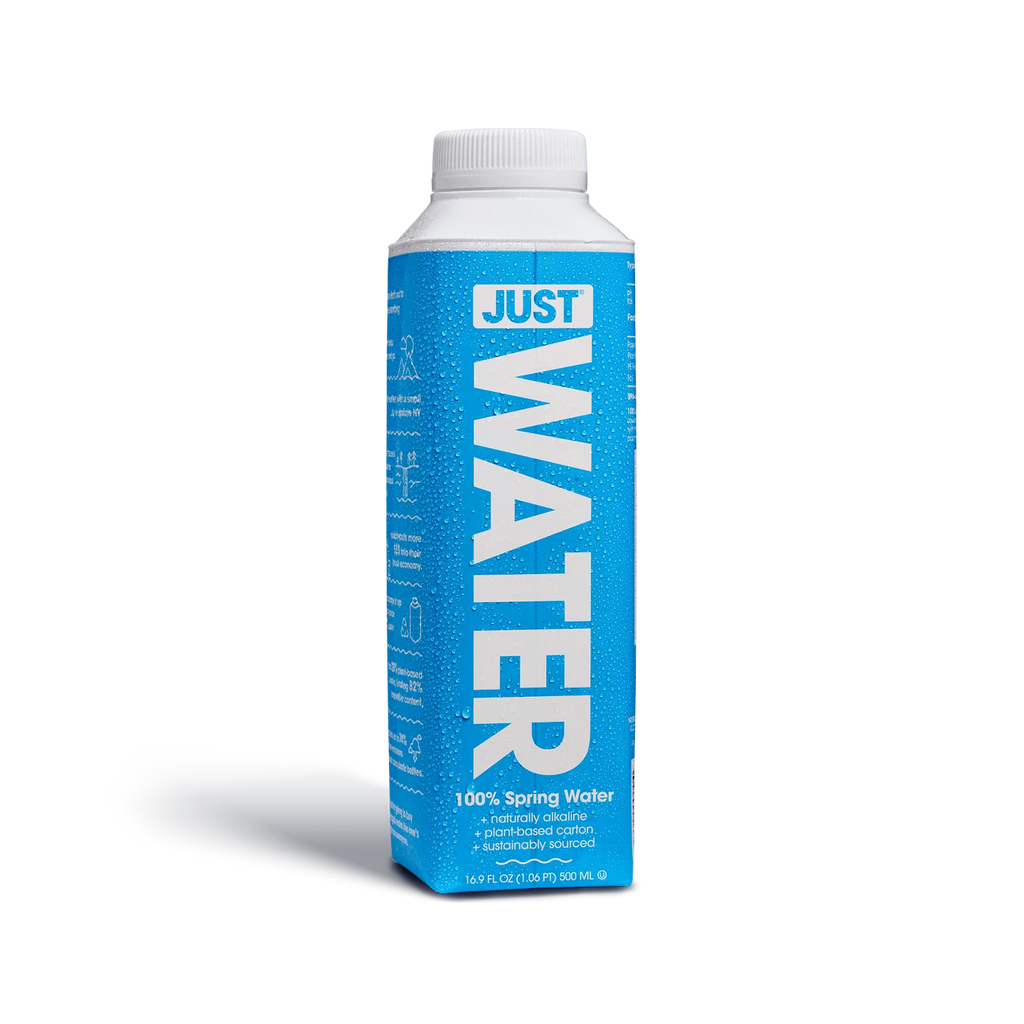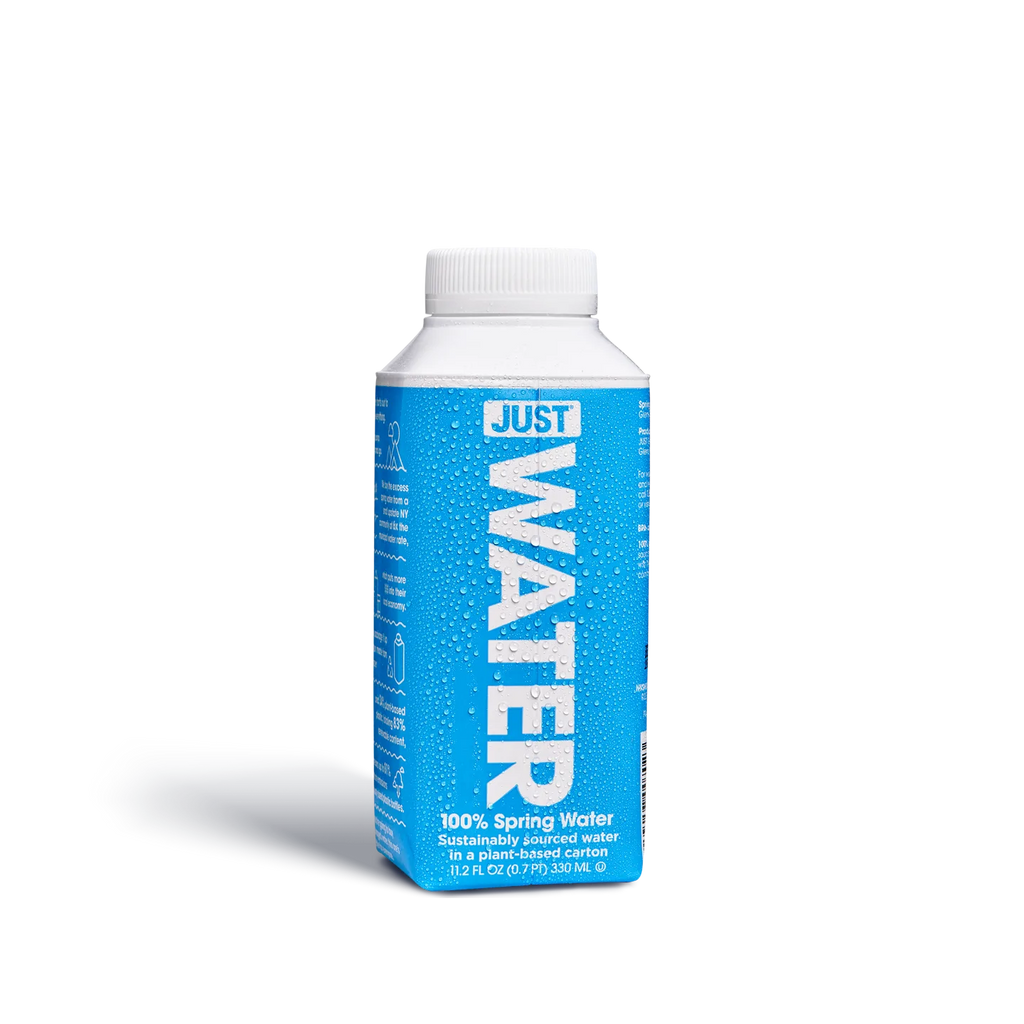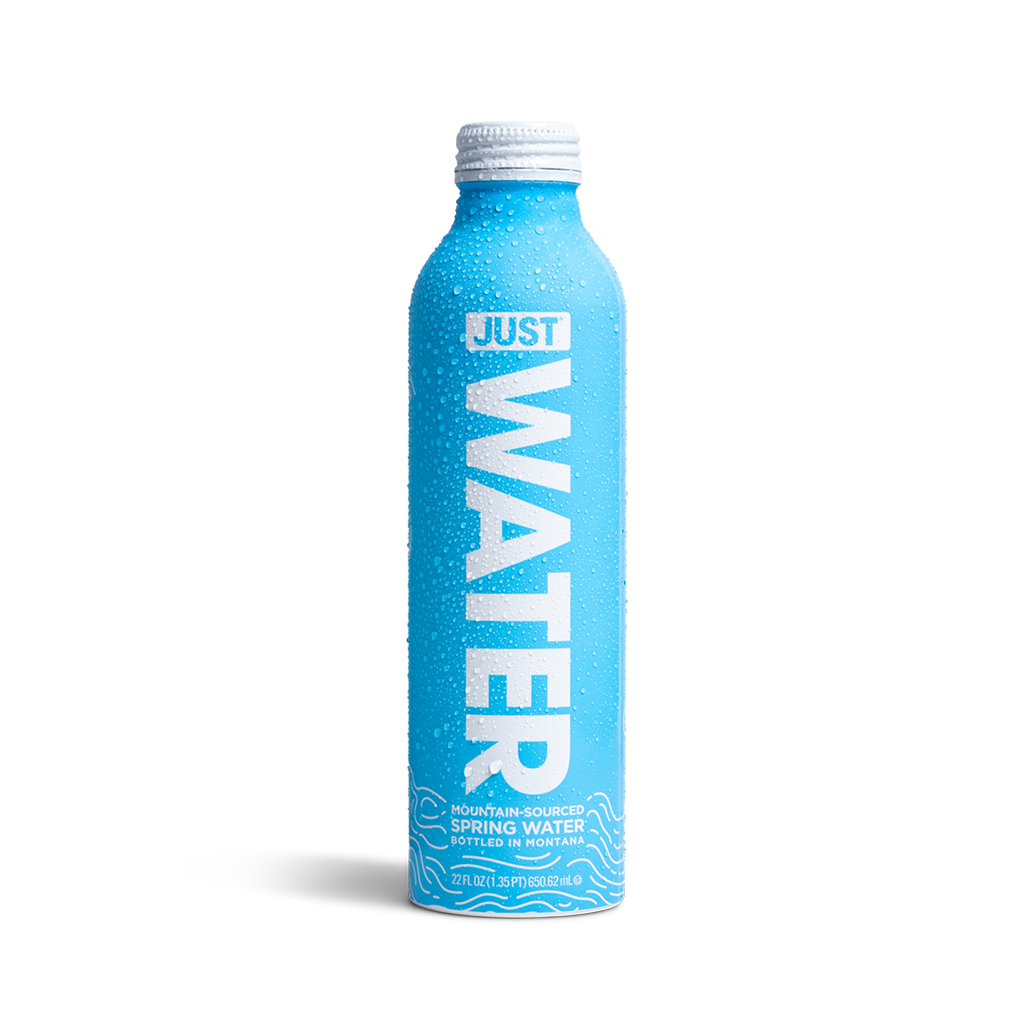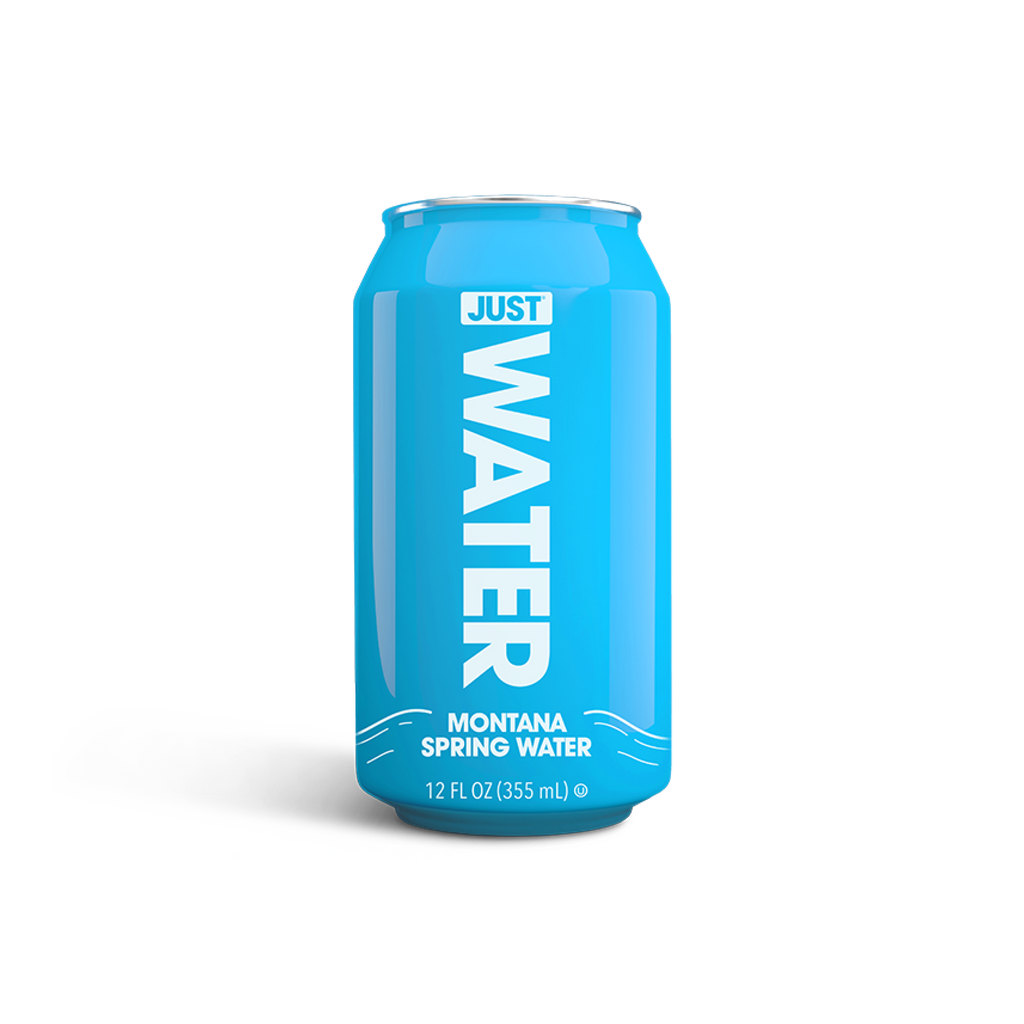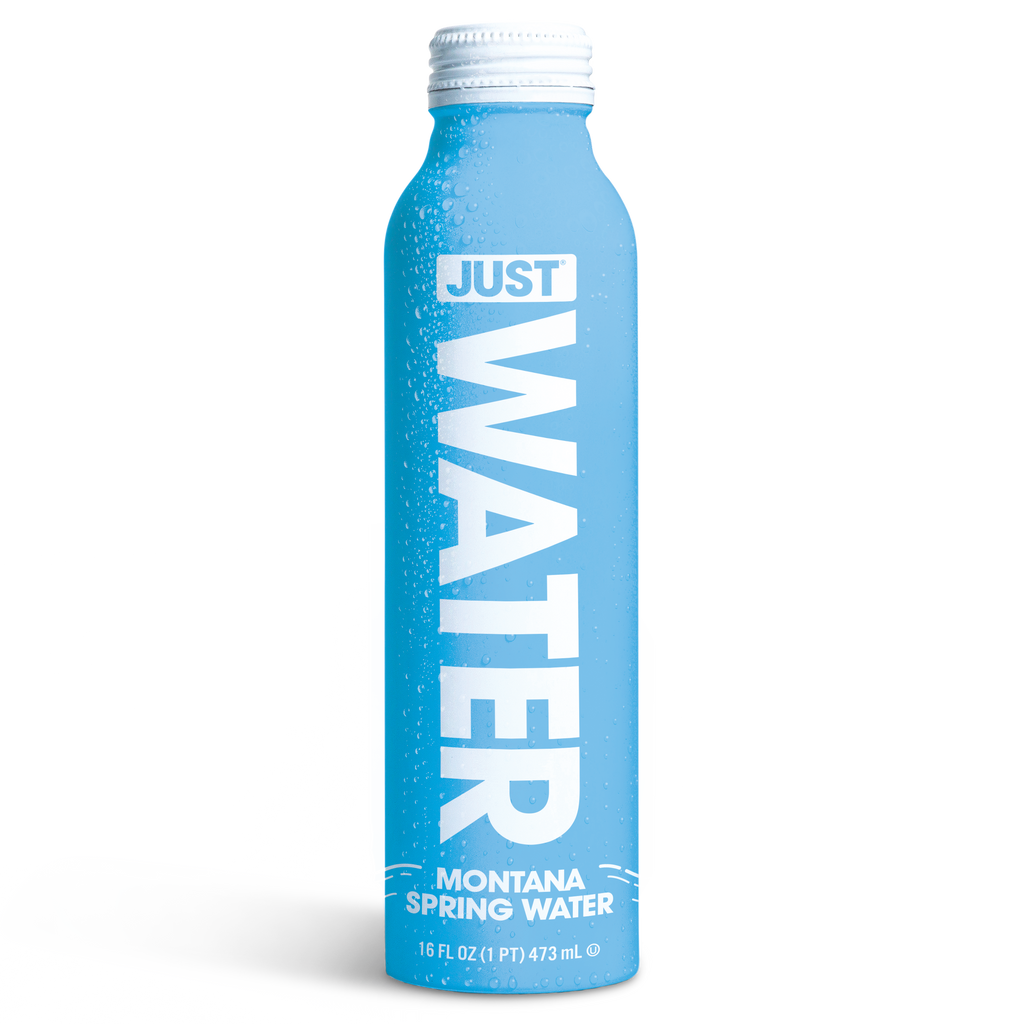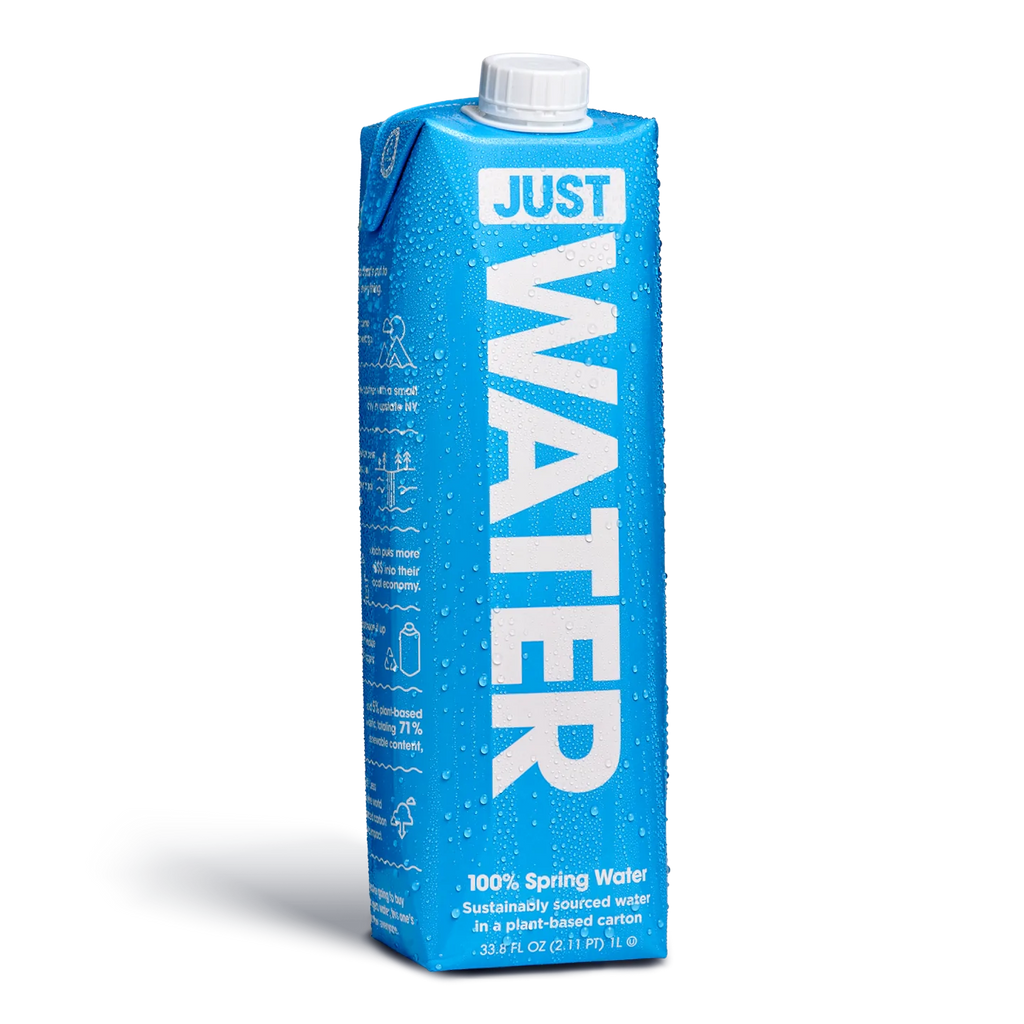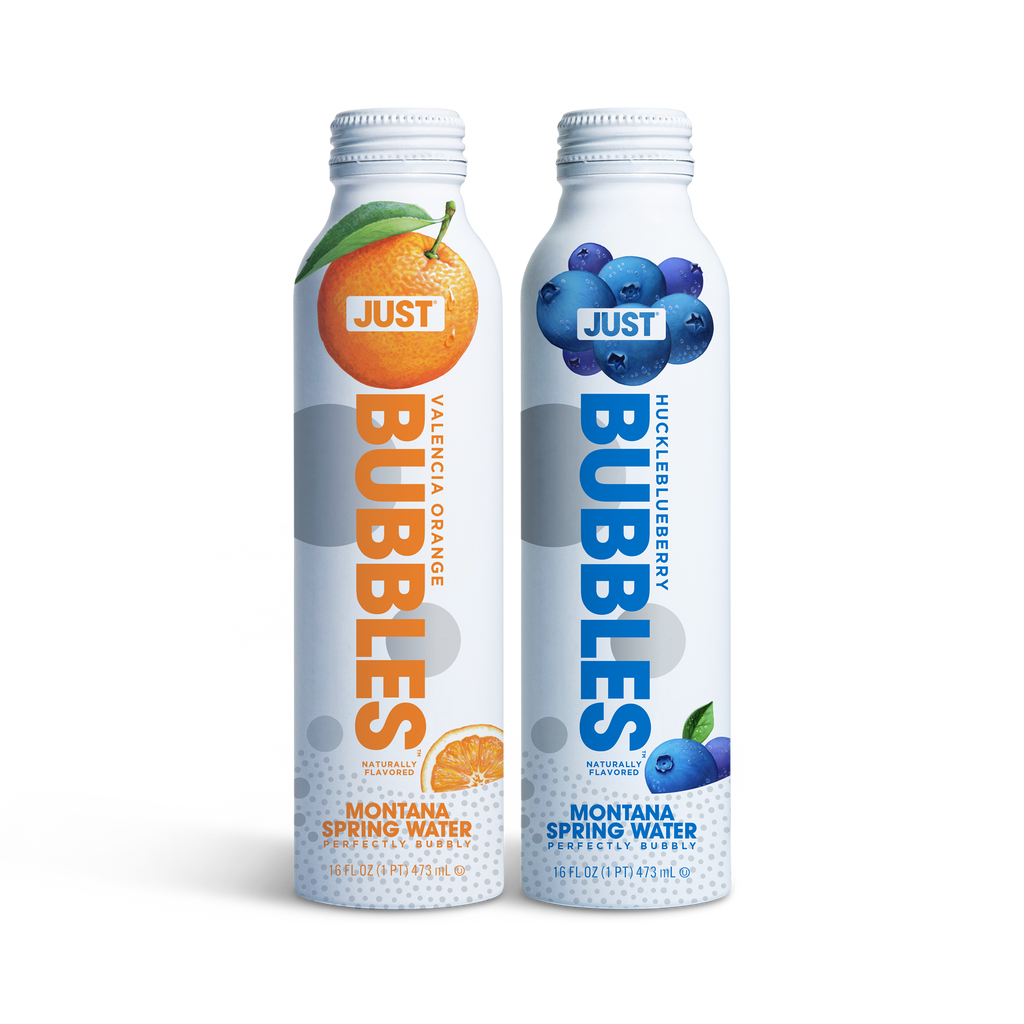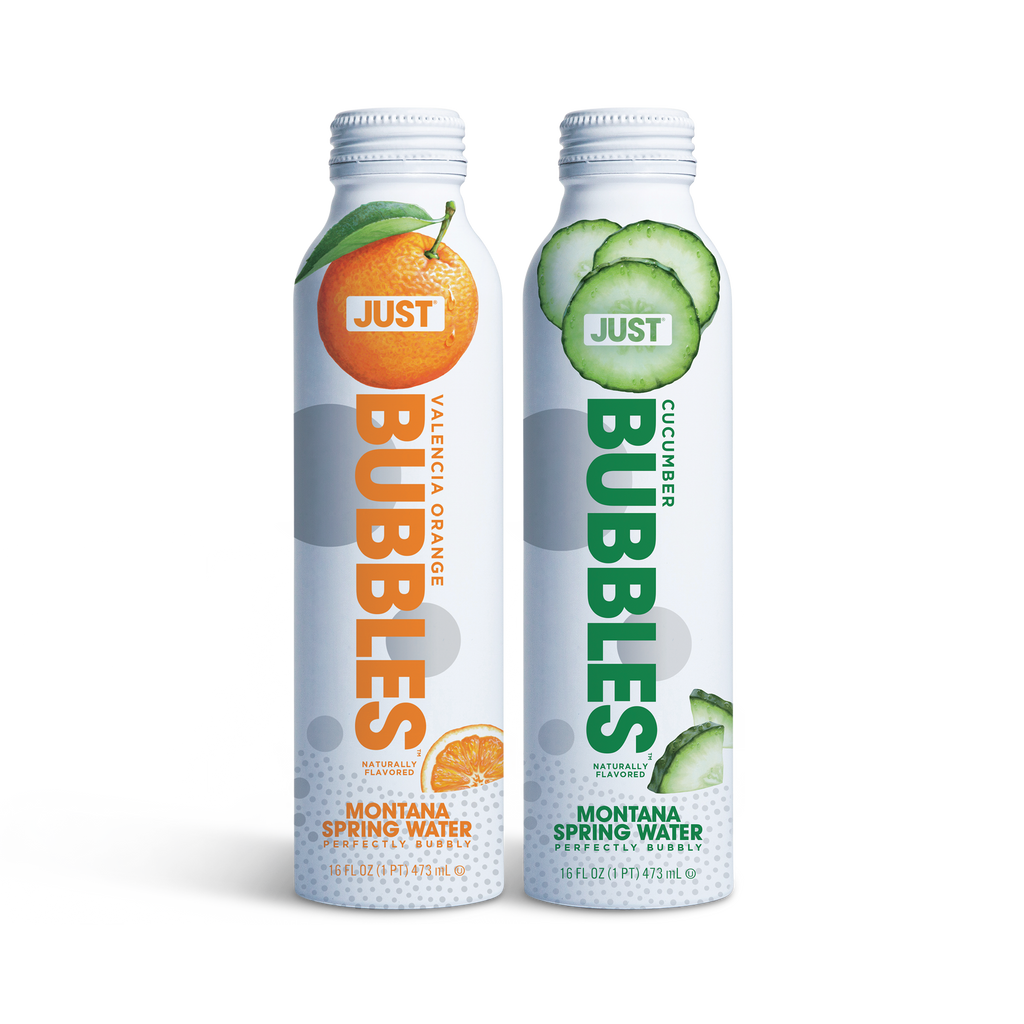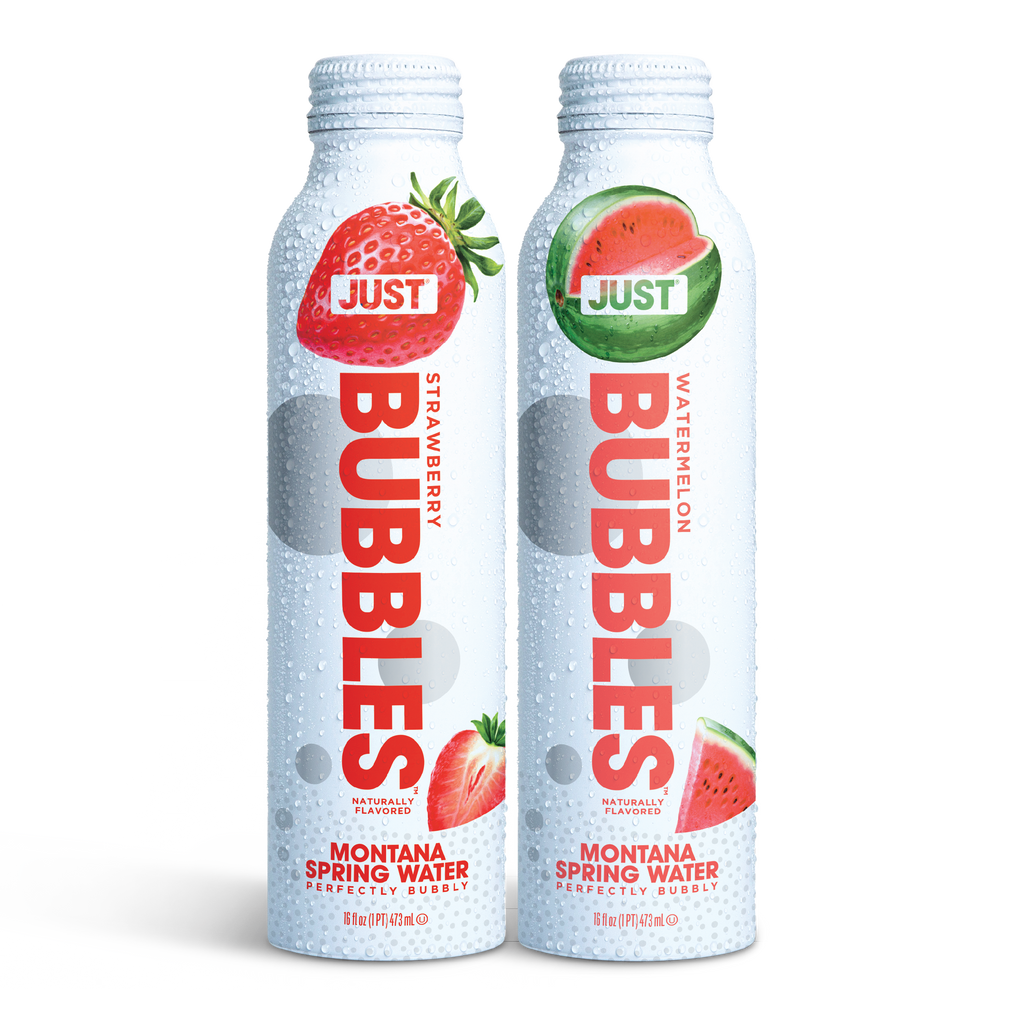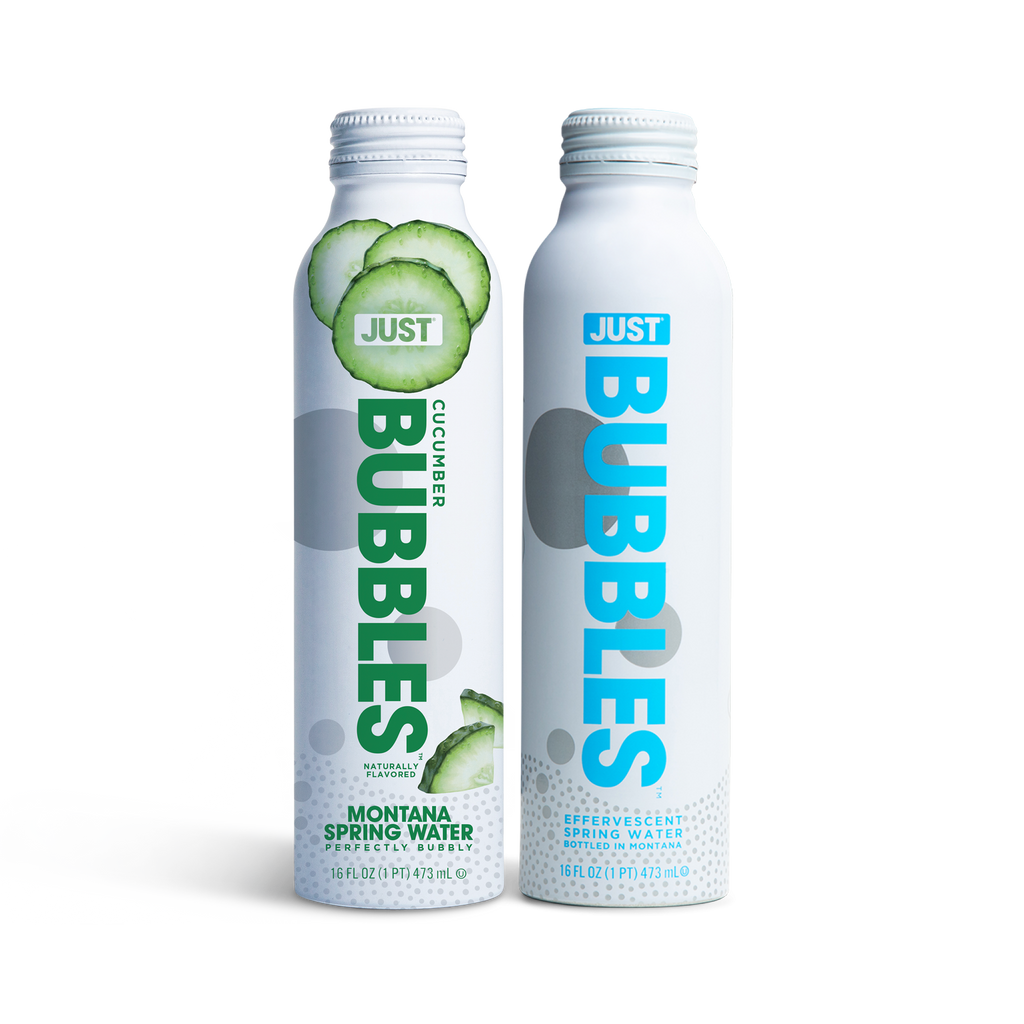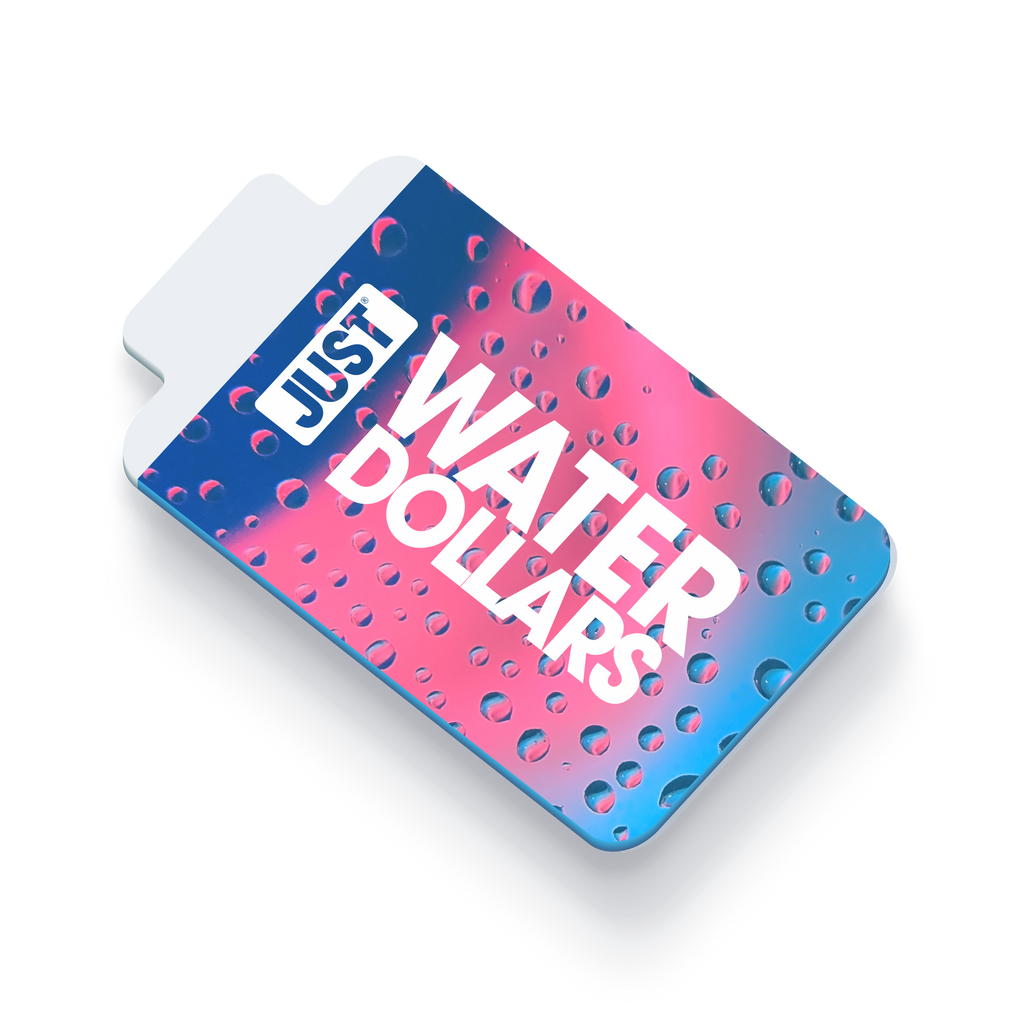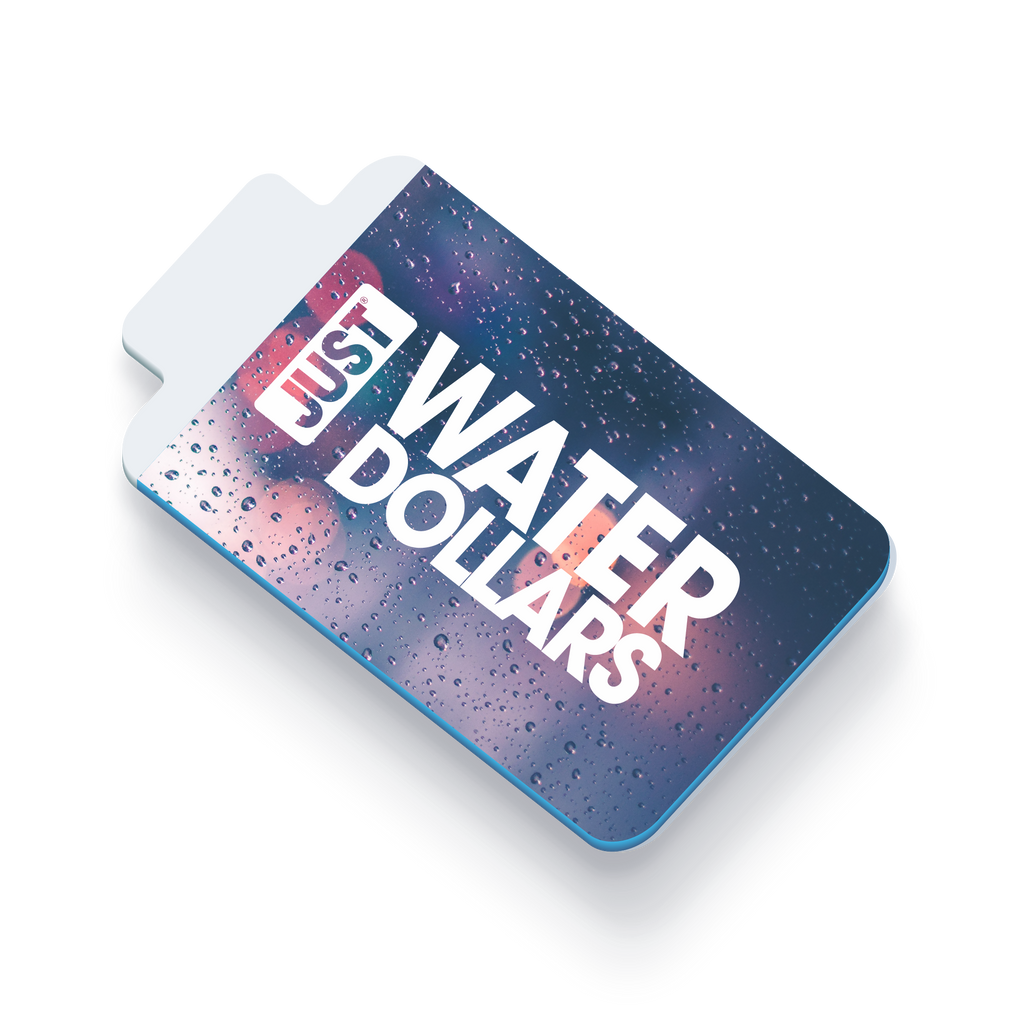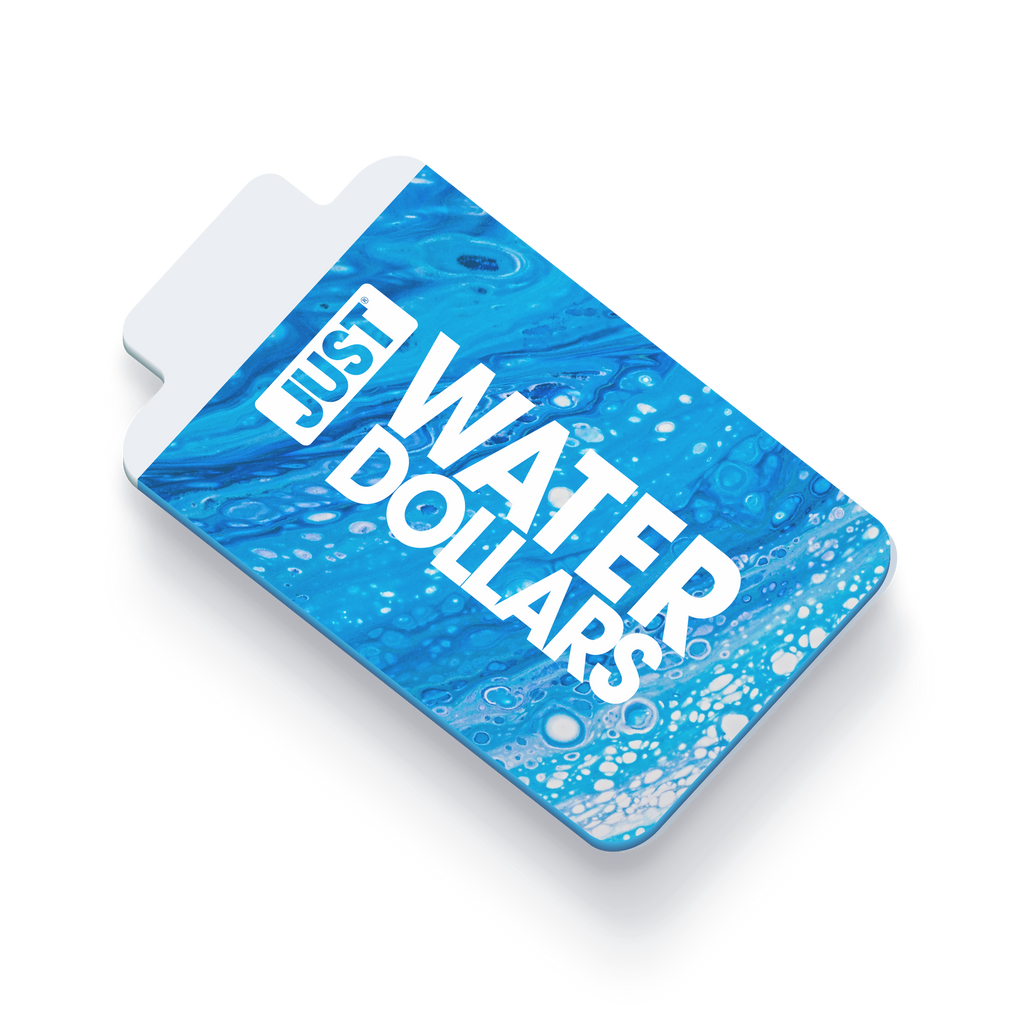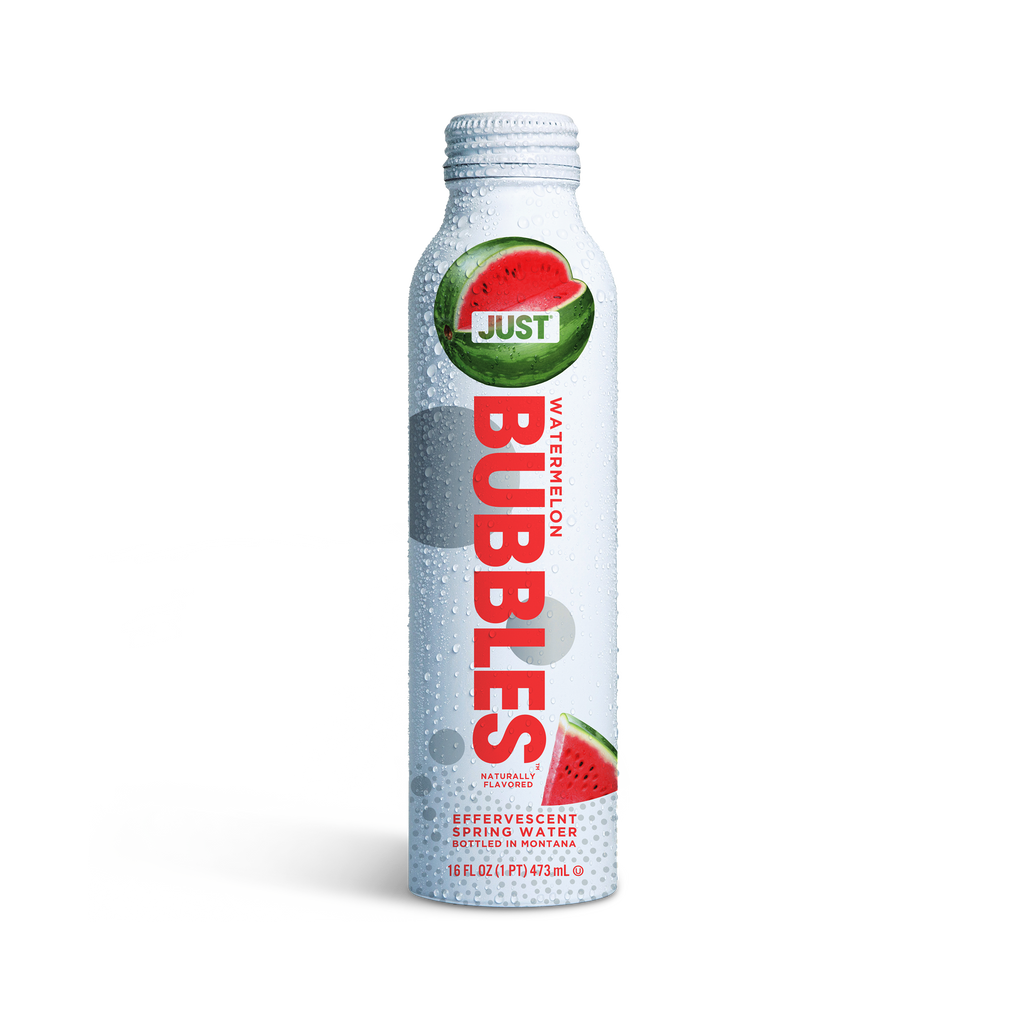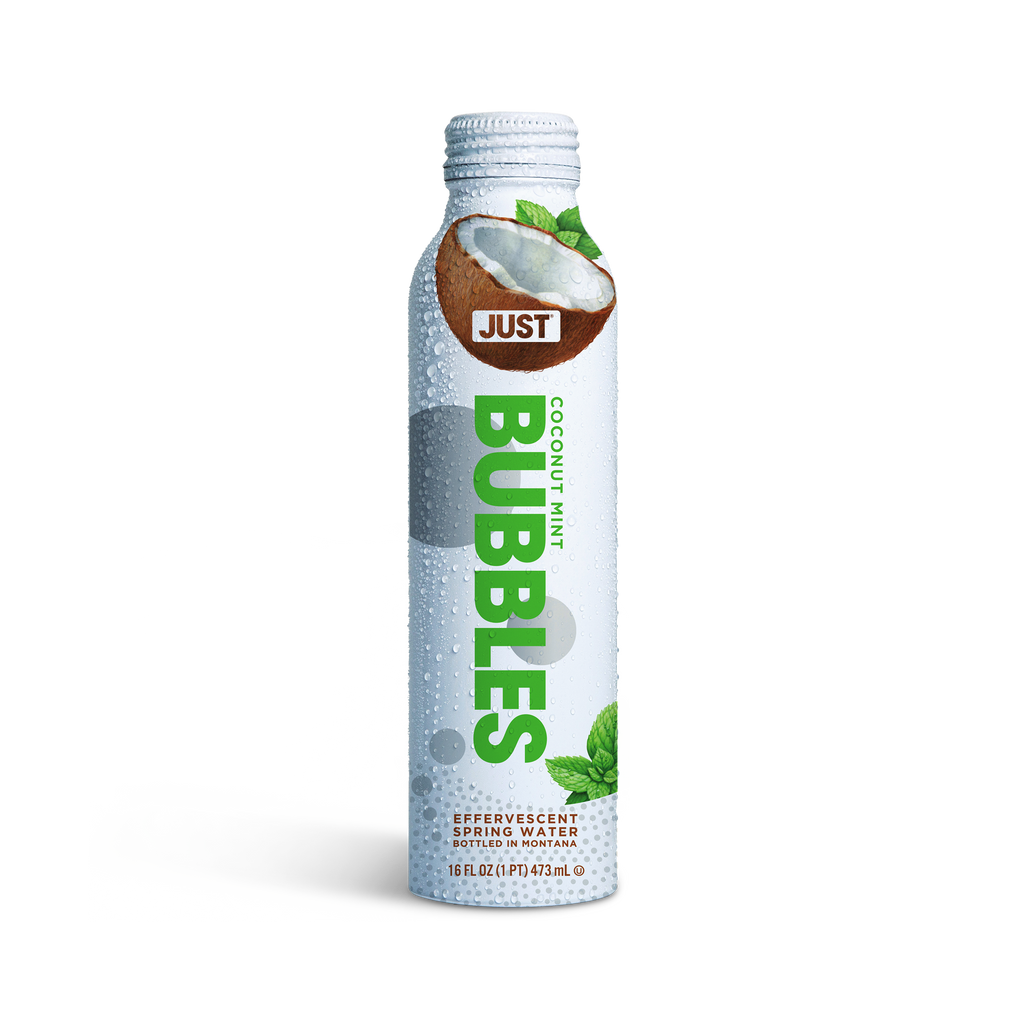THE ANATOMY OF A PLANT-BASED JUST CARTON
Written by Just Water
By now, we all know that plastic water bottles aren’t good for the planet, yet their popularity continues to rise. As of 2017, a million plastic bottles were bought around the world by the minute. Since then, consumption has increased by an estimated 20%. What’s with the demand for bottled water? The combination of a worldwide rise of urban “on the go” culture (we’re all busy), the ubiquity of polyethylene terephthalate (PET) that accounts for 95% of water bottles today due to its affordability, and a desire for fresh, clean water (sorry, tap, you just don’t cut it all the time).
But all of this comes with a price. For every six water bottles used, only one ends up recycled. On top of that, producing these bottles requires burning vast fossil fuels — and they contribute to the eight million tons of plastic that get dumped into our ocean each year.
The problem: there’s a huge demand for access to water that is both convenient and tastes good, but it’s delivered in a package that’s super harmful. The solution? Cut out the majority of the plastic. (Goodbye, PET!)
What are our cartons made up of, anyway?
Welcome to the JUST packaging lab. Let’s take a look at our JUST carton under a microscope — what makes up that recognizable blue package?
The scoop on sustainable resources
We didn’t stumble into making more environmentally-conscious choices. It took a lot of research to ensure that every decision we made was limiting our emissions impact. Between sourcing the majority of our cartons from paper and using plant-based plastic (from the most responsible source possible: sugarcane), we’ve done our homework. That led to our cartons having 74% fewer carbon emissions than similarly sized plastic water bottles.
Our collaboration with Tetra Pak to make our cartons only makes sense — we have a mutual vision of a world with a lot less plastic. When it comes to individuals making more environmentally-conscious decisions, it should be easy. And since the demand for water bottles is still on the rise, we think there’s a need for a smarter, safer, less-guilt option. Whether it’s because we’re all busy, thirsty, and on the go — or because sometimes emergencies call for clean, bottled water — we think sustainability should always be an option.
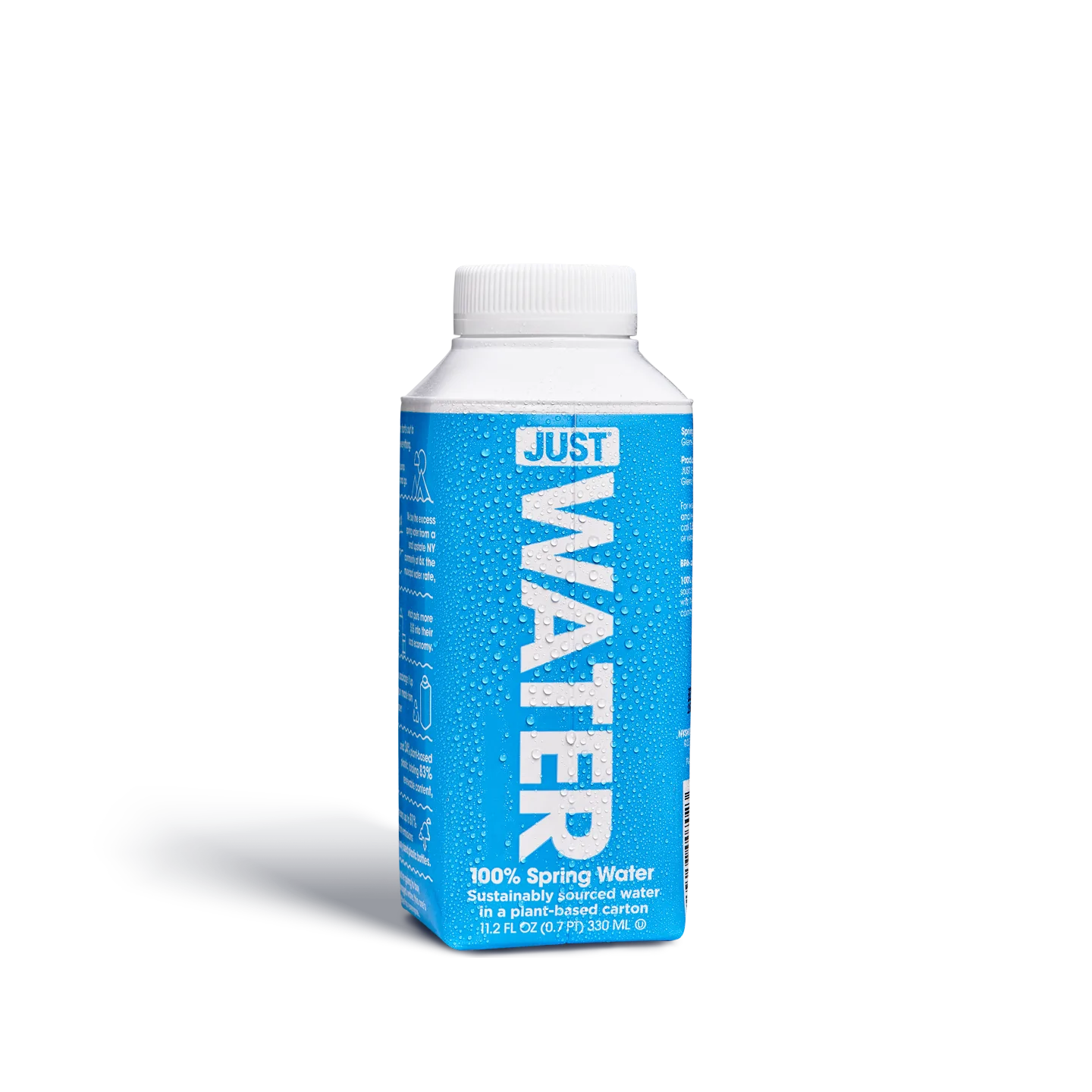
JUST WATER
Spring Water -- 11.2 fl oz | 24 Pack
